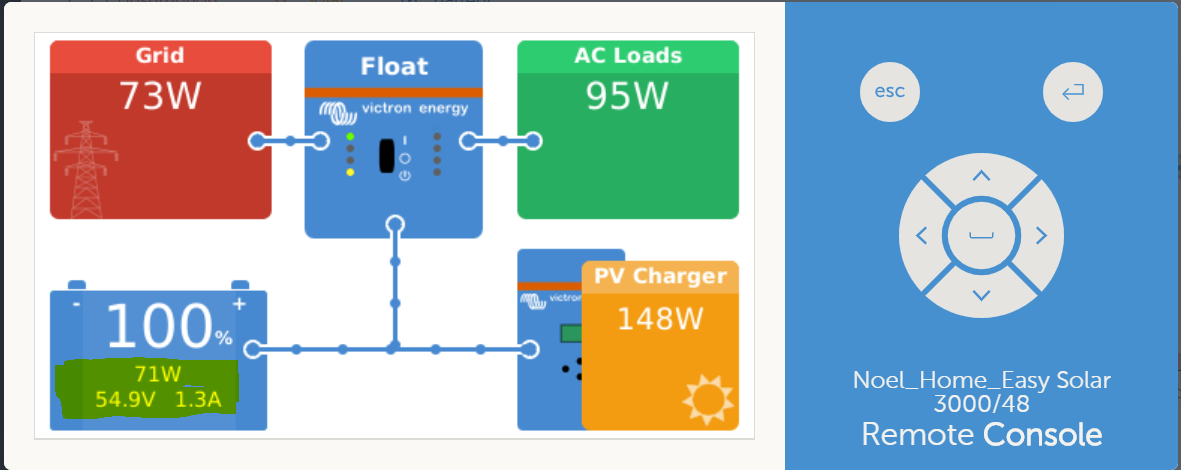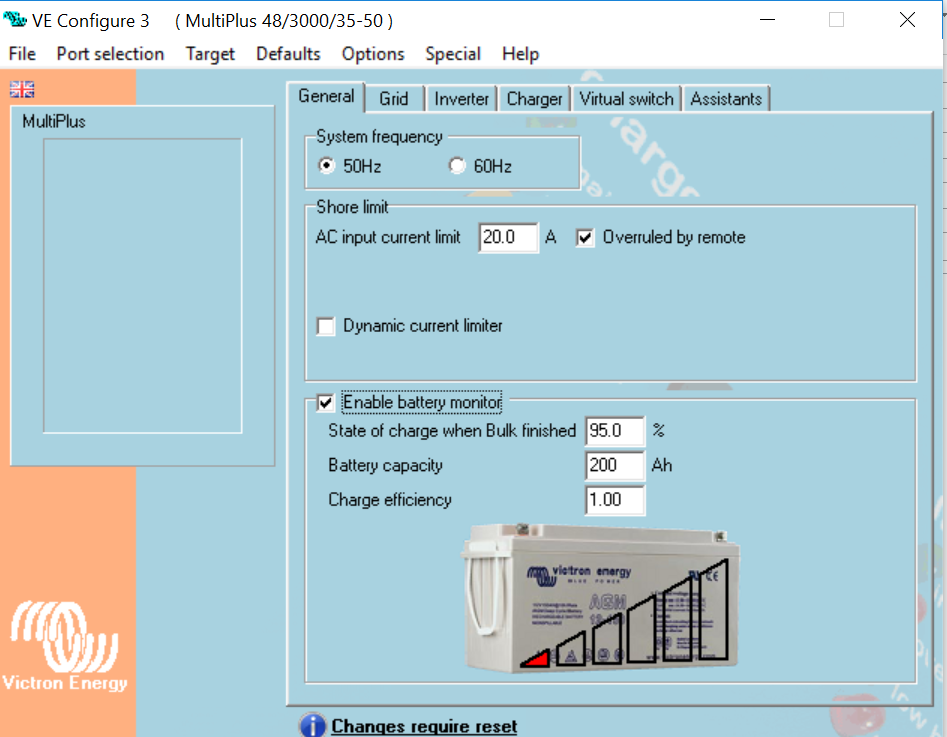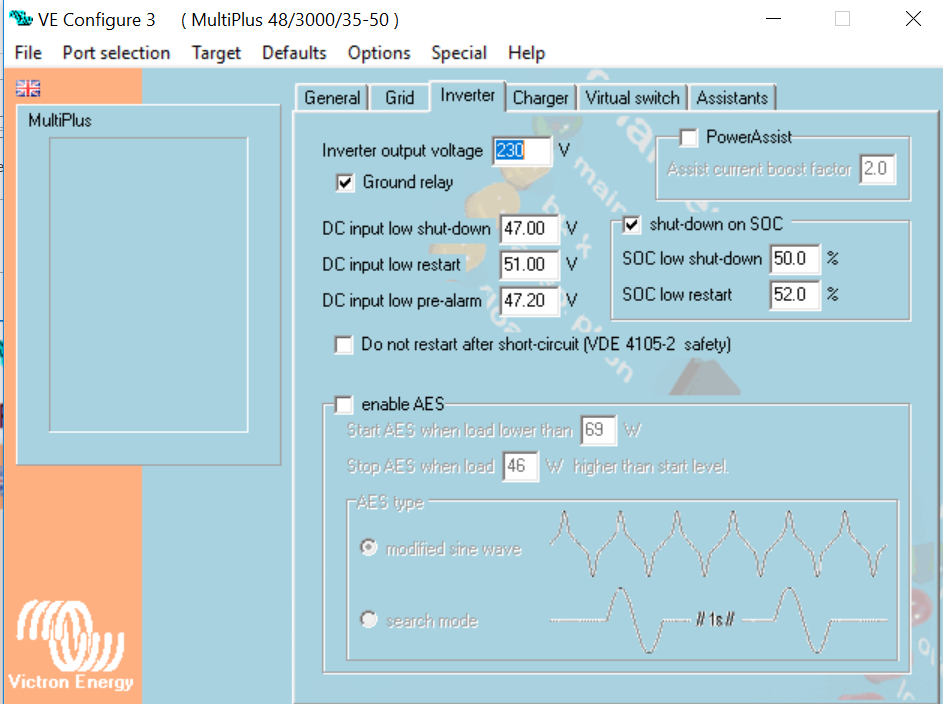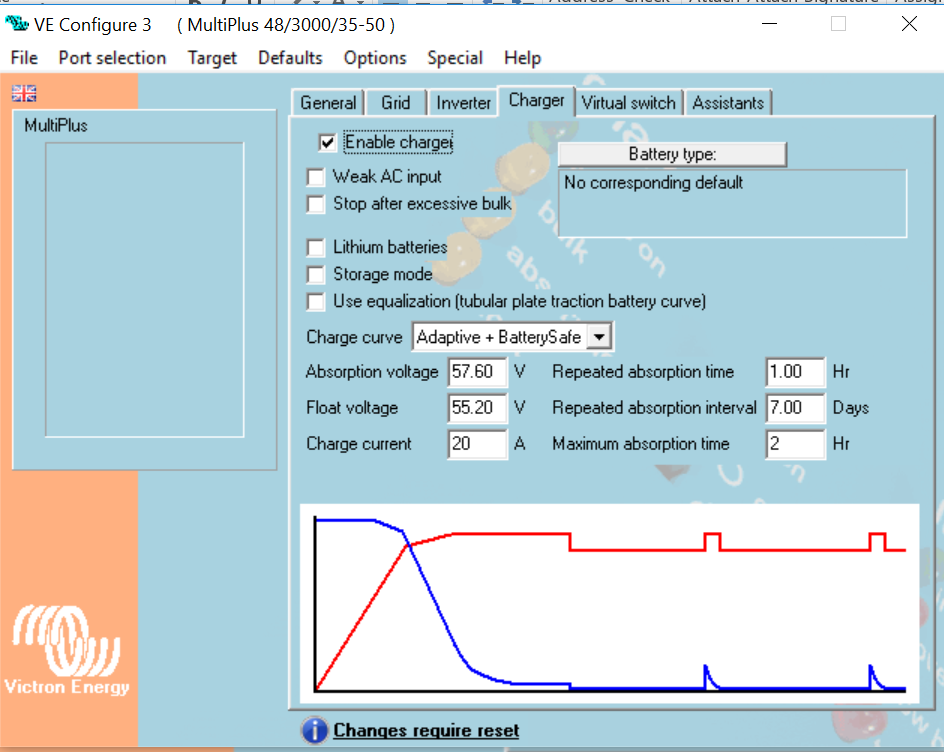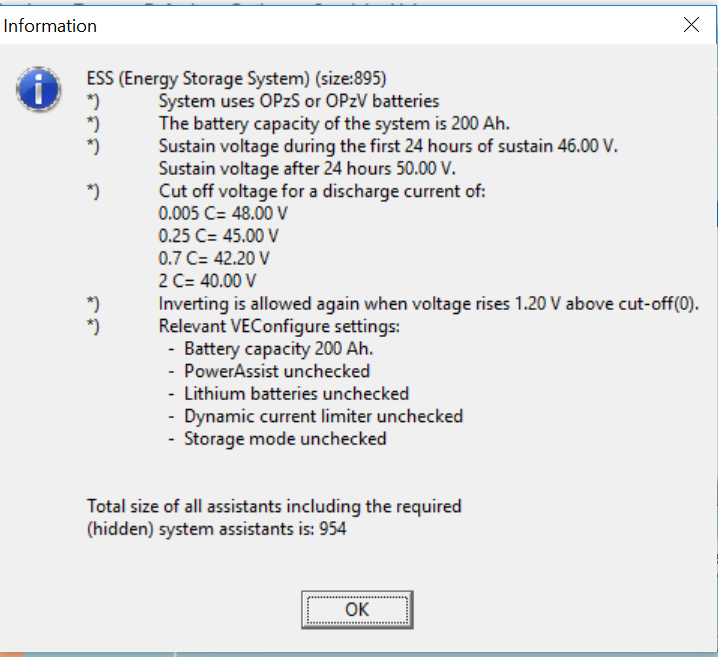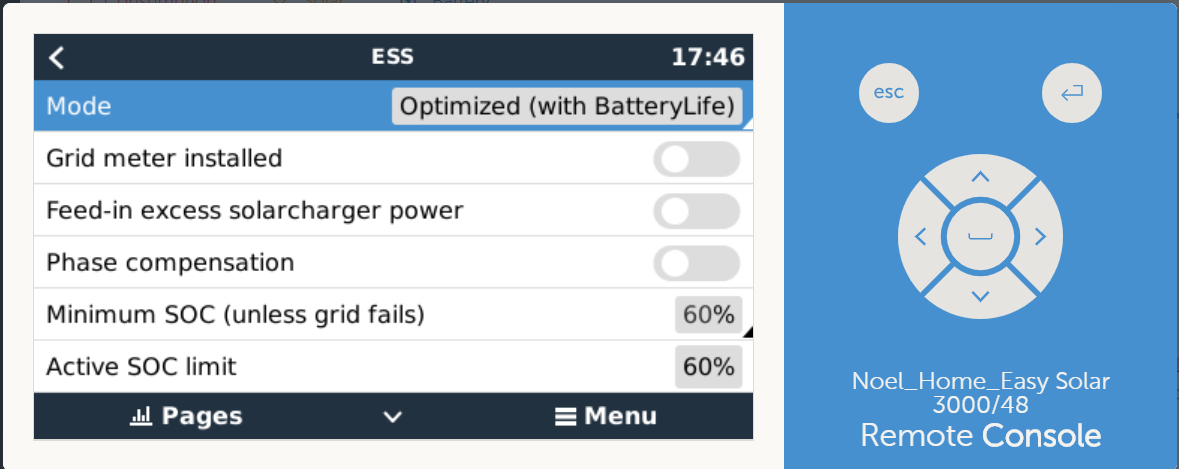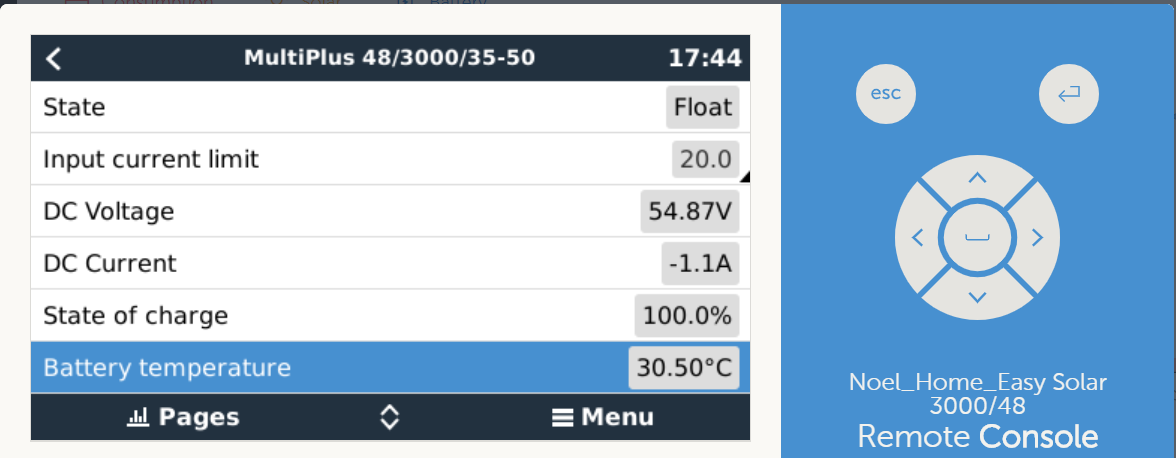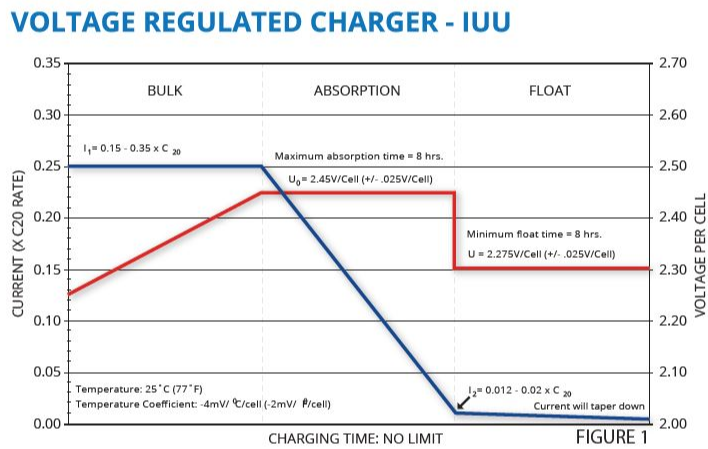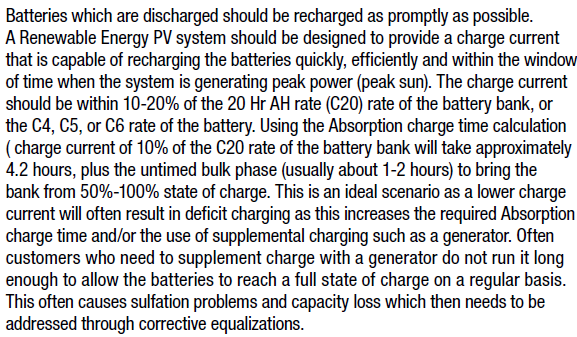Hi - If somebody can help on this.. If you see below my battery is on float state and reading shows 54.9V. But the setting in the configuration for float is 55.2V. But the charge never goes beyond 54.9V and its always charging. When I check the voltage at the battery terminal its at 55.2V.
Is this an issue if its always charging or why does it no go beyond 54.9. The distance between the battery and the Easy solar is less than a feet. How do I correct this?
